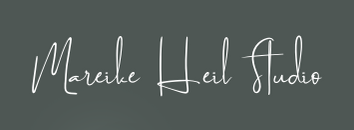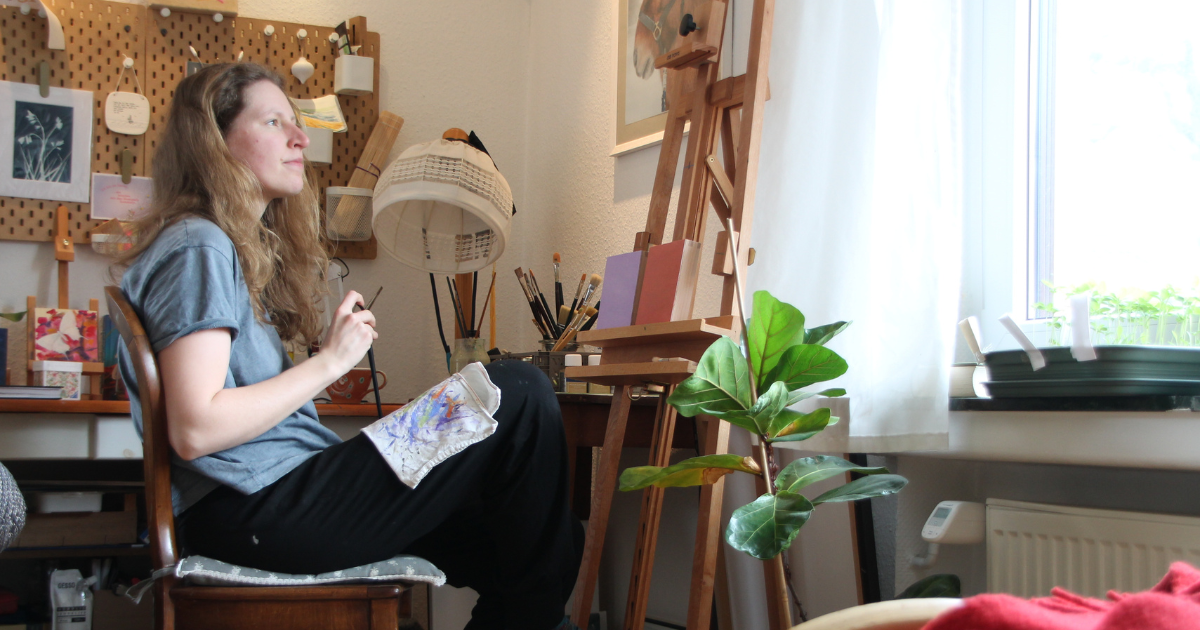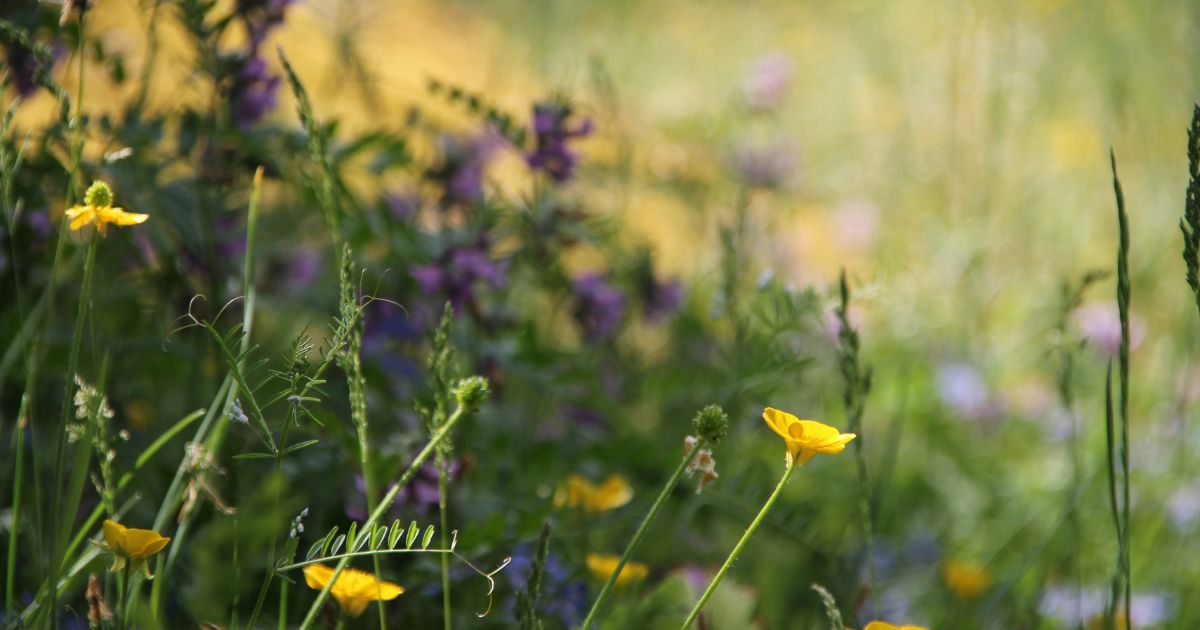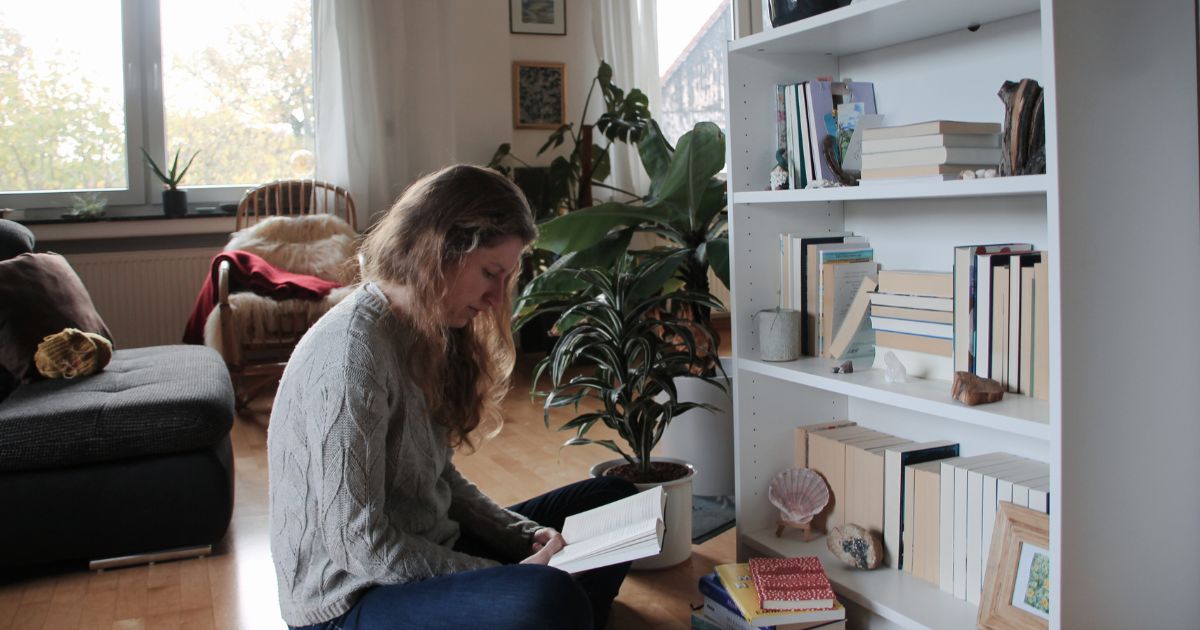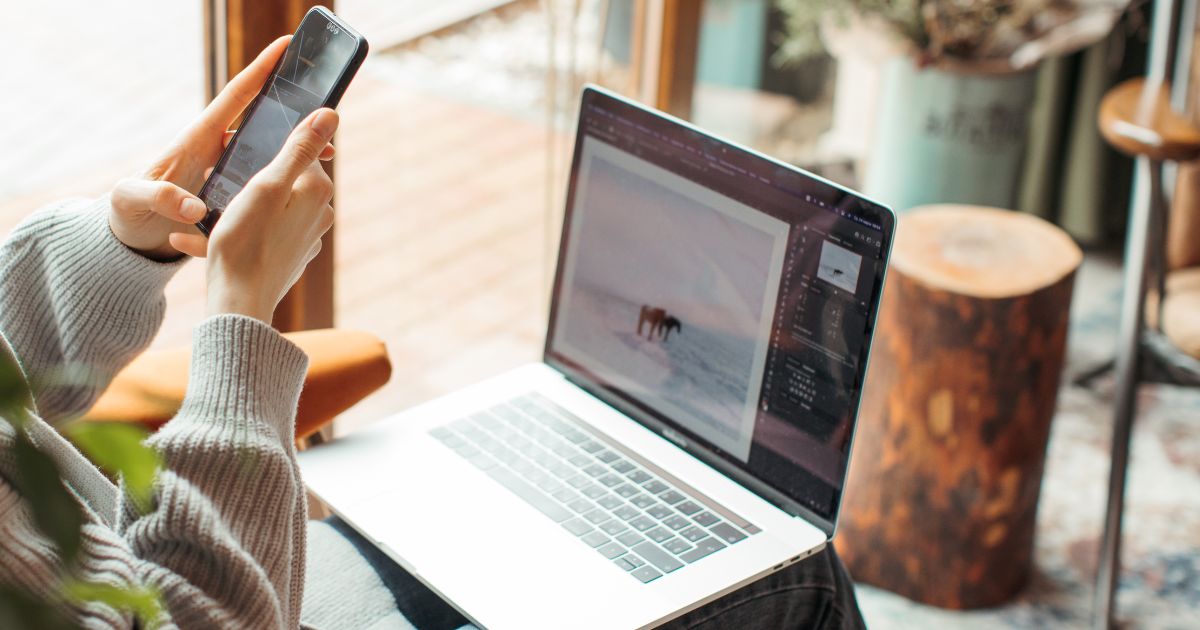I’ve been a painter for a few years now and I’ve been a writer for a much longer time and the one thing I can tell you for sure is that most creatives face artist’s block, or blank canvas anxiety at one point or another. So, through own experiences and what I’ve read in books and tried as well, I’ll share with you my favourite tips and tricks to overcome artist’s block.
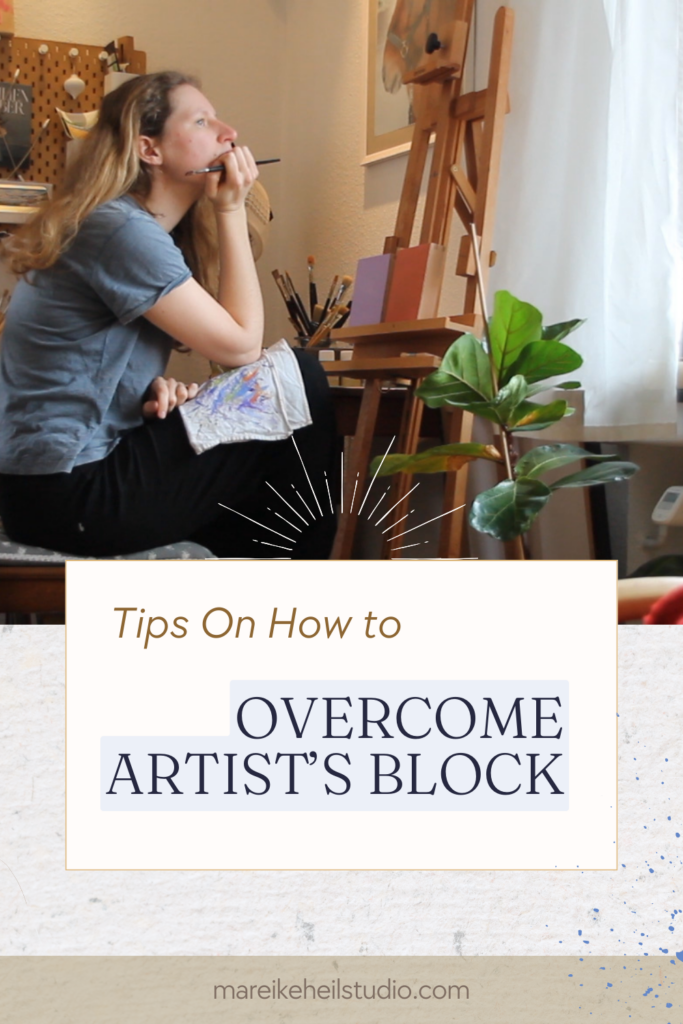
Accept it. It will likely reappear as soon as you’re onto a new project.
At least that’s true for me when I paint. I just started to paint my new collection of artworks – small sized oil paintings showing spring flowers – and you know what? I’ve had the idea for several months. I sat there with my empty wood panels for two months and wasn’t able to face them and get started, because I was afraid (coming back to that later). Before that, I painted ornaments, and it took me weeks to start as well. Before that, I painted postcards and … yes, you’re right, it took me long to get started.
So, now I know that with each painting project I’m going through this process, mentally working through it, before I’m ready to start and that’s fine. I accept it as part of my creative process and you should try to as well. It gives some kind of ease and helps to release the fear we’ll lose time and won’t overcome it ever. It already removes a lot of the power that blank canvas anxiety can have over us. Also, please don’t see this blog post as your saviour and forever cure. That’s not possible and not the aim of this text at all. However, I don’t want to always let weeks pass by with me being stuck. Therefore, let’s look at the most common reasons for artists block first, as it’s most important to find out why you’re stuck and in fear.
Find out the reason for your artist’s block.
Artist’s block can have manyfold reasons, though most often it has something to do with our mental health, belief systems or self-sabotage. It’s important to ask yourself why you’re facing blank canvas anxiety and how it shows up. Are you afraid to start? Or do you think the end result will not be satisfactory due to your skills? Do you fear to mess it up? Or are you simply lacking ideas? Feeling uninspired? Or as if you just don’t have enough energy to pursue this BIG creative project (you define “big” in your head)?
Two reminders that always help me – with creative block, to-dos, or other tasks in daily life:
ONE: One step at a time. Just do the next obvious thing.
TWO: You don’t know the end result as long as you haven’t started. It’s self-sabotage to think you know. You already failed when you didn’t start, but you didn’t fail, once you started.
BONUS QUESTIONS: What makes a successful painting session for me? When is a painting good? Redefine if your current beliefs limit you.
After we’ve journaled a bit on these thoughts (you’re not? Ok, keep on reading, but then sit down, grab a pen and write it all out of you), here are the most common reasons for artist’s block.
Life is too full, busy and you’re burned out.
Ugh. I deeply feel this at times. We all do, I guess. You’re running on maximum capacity, survival mode on, just able to get the necessary things done. Even though many coaches would advise you now to create a creative practice you stick to, to reduce stress and calm down again, I wouldn’t say that’s helpful for actual creative block, unless you’ve got lots of space and lots of paint available and can really go fully into it with your whole body. Splashing paint etc. Just to get rid of some of the tension.
However, most people – including me – don’t have that space and I have come to learn that paintings I create from that state of being aren’t very nice. And I don’t feel satisfied afterwards either. Instead, try to persevere, see how you can manage your time and tasks, fill up your cup with outdoors movement (movement reduces anxiety and stress) and try to schedule in time for your painting practice once life gets less busy.
Perfectionism – me: raises hand …
One of my personal Nr. 1 painting-session-killers and booster of artist’s block. Besides over-thinking (see below). We tend to think we first need to plan out our next painting or collection perfectly before we start or that we need to know everything about a painting technique. Sometimes we also know that the final piece of art possibly won’t look as good, stunning or beautiful as we want it to, so we don’t start at all in an ambition to not make us fail (if you’re nodding right now, come back to reminder Nr. Two above). If that’s the case for you, and perfectionism is holding you back, try to make messy pieces intentionally. Remember nothing is perfect, in nature there is no such thing as perfect and most likely your artwork will stand out even more when it’s imperfect. It’s what makes it special.
Anyway, you’re also allowed to say to your perfectionism “Enough. Now it’s my turn. Look at it, but you’re not allowed to judge or give advice.”
You’re overthinking way too much.
Perfectionism and overthinking seem be close friends, working very well with each other to keep us away from our creative space. I’m a big thinker, I think most day long and my brain seldomly stops, but there is a difference between thinking a lot and overthinking too much and maybe you’re trapped in an overthinking cycle. Common questions that hold me back and lead to blank canvas anxiety are “Is the composition well established?”, “Am I choosing the best colour palette?”, “What if no one likes my art?”, “Is this the correct brush?”, “Am I using the right technique?”, “Am I painting the best subject or can I do it better?”, “What if someone else already painted this?”.
Most of these questions are fear-based, mingling with perfectionism, coming from a place of self-sabotage or – which I can highly relate to – are connected to a feeling of not knowing enough, therefore not feeling save in what we do and are an extension of our comfort zone. The only way to overcome overthinking your artworks, art practice and painting process are either facing the unknown and saying “Screw it! I’m an explorer!” or gaining the knowledge you don’t have through a course, mentorship or else, offering you guidance and safety.
You’re stepping outside of your comfort zone.
Snuggling up in our comfort zones is SO nice, right? However, creativity, inspiration and art making often require us to step outside of it – except you might have found your calling and are painting the same subject with the same technique over and over again (which might lead to artist’s block one day by the way, because your brain and inspiration is a little bored). But when you’re about to try something new in your next creative project, and that will cause your nervous system to freak out a bit, as it’s facing unknown consequences, there are few solutions to this scenario. You could deal with this by regularly practicing doing something that extends your comfort zone, just slightly, always connecting it with something fun and good. Through this your brain learns that new things are not as scary as it might think and stepping outside your comfort zone gets easier.
For your art practice though, it might help to just take small steps towards your new goal, maybe experiment a bit before you go all in, gain more knowledge and focus on doing just one step at a time.
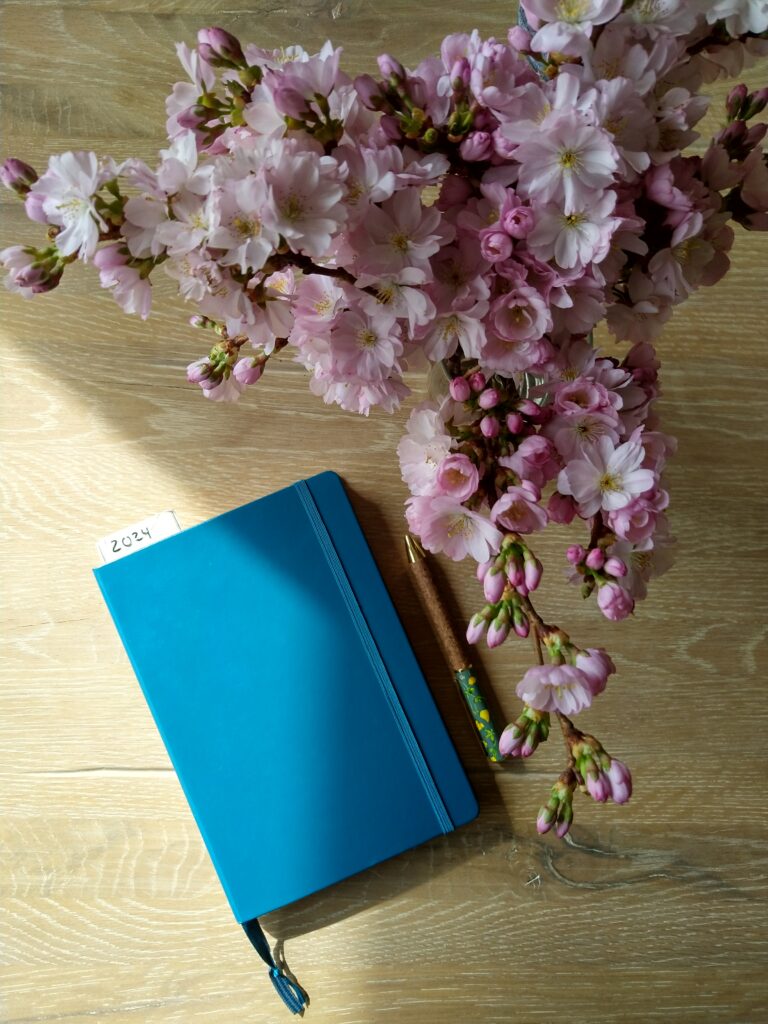
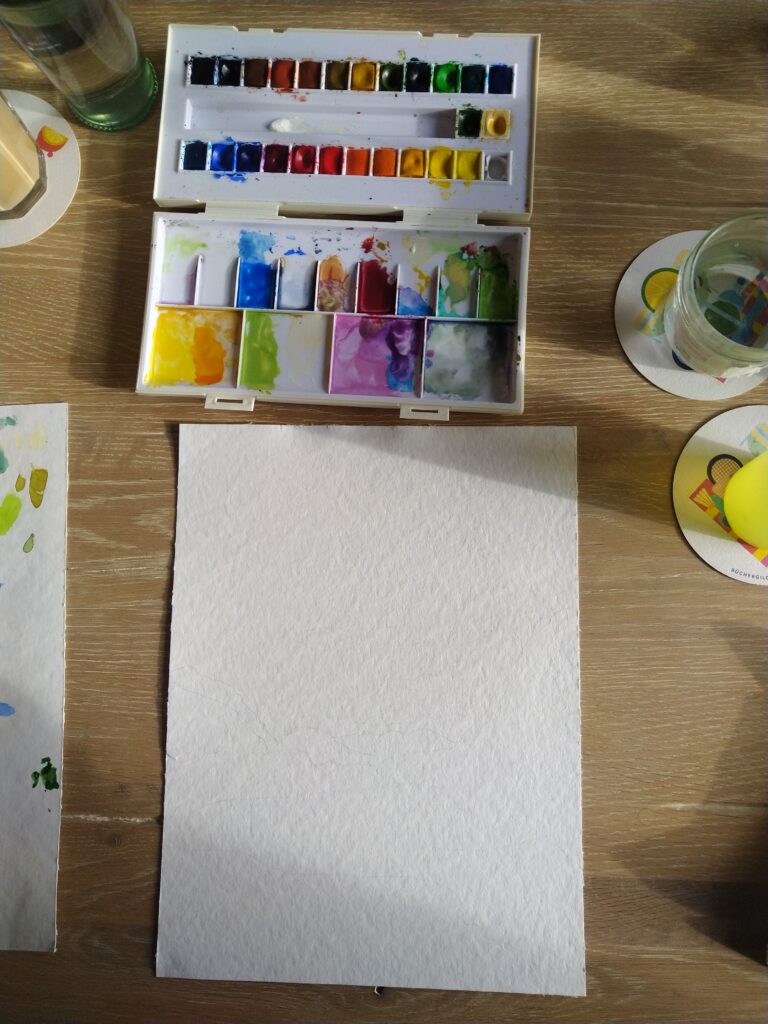
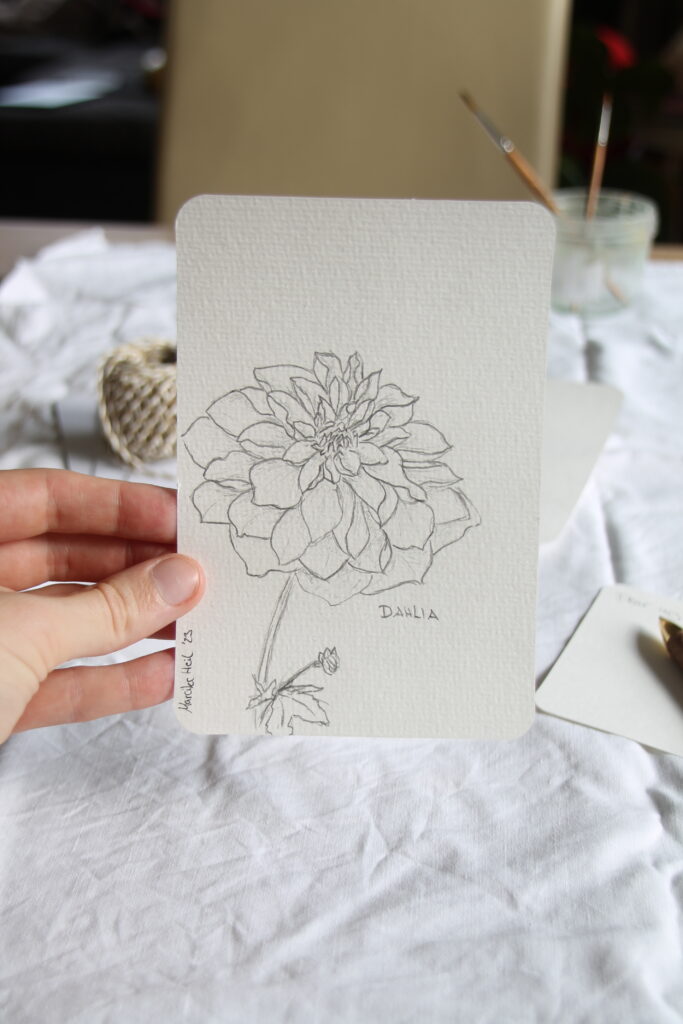
Negative beliefs and comparison are holding you back
You’re having your breakfast, pick up your phone and start scrolling through your preferred social media account. There’s one artist creating a beautiful piece of art, another one showing their next beautiful collection, another one filming b-roll just looking like it’s all so easy, scroll scroll scroll.
Then you remember you just wanted to stay for a minute, but forgot your breakfast all the while, and look up at your easel and the empty canvas suddenly looks incredibly daunting. Your latest creative project popping up in your mind and you feel a bit like … well, everyone but you is creating, is successful and makes astonishing paintings. Wooops you’ve fallen in the comparison trap, sneakily hooking up with your most negative beliefs (I’m not worthy, my art is ugly, I’m not enough, I’m bad, etc.), making you feel like a failure in itself, so you don’t dare to touch the painting supplies. Artist’s block is hitting deep.
Deep breath. First, let me tell you, you’re a great creative and human. Very bold, very much enough. Maybe write it down somewhere: “I am enough”. “My art is bold and beautiful”, “My art is needed in this world”.
Then, close the apps that make you feel bad. Don’t use them for a while, unfollow people, gain control. On my private Instagram account, I follow only three creatives. I love many more and they all live in my – rarely used – studio account, but I don’t want to see the daily, pimped reality of them every day, as I tend to compare myself too much and then never paint at all. For letting go negative beliefs in general, read books by Brené Brown.
I don’t have ideas – I don’t feel like it
This is such a common response to why we’re not creating and face any sort of artist’s block. My tips would be to dig a little deeper as it’s most likely that you not only just don’t have ideas or feel like it. However, it’s totally fine to go with it for a while, as long as it doesn’t bother you. Besides digging a little deeper and doing a bit of reflection work, I would also suggest to set aside all expectations on yourself and go were inspiration is able to strike you.
So, as I’m a floral and landscape painter, I would dive into gardening a bit more, take my camera with me as I love photography for inspiration, explore new places or go on holiday, and visit public parks and gardens or even strolling through the garden center every now and then. Remember: inspiration will meet you as long as you just not only sit in your studio, staring at a blank canvas. Mostly, it’ll meet you outside in the world.
I don’t have time – It’s stealing time from X
Read Four Thousand Weeks by Oliver Burkman. And then figure out why you feel like you don’t have time. I know, many art teachers, coaches, mentors and even artists say that you just have to make time for ten minutes of painting or scribbling each day, but honestly, I wouldn’t pick up my paints for only ten minutes of spare time. I would rather spend this spare time to relax for a moment, as that’s probably more important when you usually don’t have time.
Anyway, figure out why you feel this way and especially take a closer look at your screen time. What helps me as well, is to dedicate a specific time within my week for painting and then I schedule it in like a date with a close friend.
While, if you feel like it’s stealing time, rather than adding something delighting to your days, then it’s best to see how you can manage your other duties. Maybe through outsourcing tasks, or before you start a painting session, you could tick off two or three short to-dos, so you’ve got the feeling you completed important tasks in beforehand. It’s so easy to put painting and creativity off in favour of more productive tasks, as that’s what society approves, but living a creative life gives so much more than just ticking off to-dos.
You’ve been MADE creatively blocked
This happened to me once in the realm of writing and it took me long to find my way out of it, especially as I’ve never felt creatively blocked before and therefore didn’t know how to handle the situation. So, what do I mean by you’ve been made creatively blocked? Usually, as I see it, artist’s block comes from inside us, we’re sabotaging our painting practice in various ways (see above), however from my past experience you can also be made creatively blocked.
What happens is that an incidence – a job, a course, new knowledge, a friend, a family member, a person you admire, etc. – has violated your creative process and your core values. For me, it was a job as a content writer that within two months (through its inherent structures of creating content like time pressure, low research amount, low value of enhancing your writing style, unfitting projects etc.) erased almost all joy for writing blog posts in me, as well as my feeling of security in my writerly style and voice. What helped me, over the past two years, was changing the subject matter – writing essays and newsletters – and coming back to blogging when I felt like it, as well as removing all expectations towards my texts.
With painting and artist’s block, I would probably do the same: change the subject matter and explore. Maybe even go from painting fine art to illustrating and the like, doing something equal, but different and then see how you can come back.
Your studio space is cluttered
Been there! Well, I’m still there. My space is so tiny it’s always a bit cluttered and chaotic, but for some this is big reason for creative block. The effort that needs to be made to start is simply too high. And, sorry to tell you, the only way around it is to declutter your painting nook, organise it in a way that suits your process and then after each painting session clean everything straight away so you can start fresh and new, without the effort of a deep clean.
8 Ways to overcome the artists block – a short overview
After we’ve explored the various reasons for blank canvas anxiety and artist’s block, let’s have a quick look at ways to overcome it.
- Declutter your studio space and make painting easily accessible.
- Use not so expensive / high value tools like stretched card board or less fancy paper to get into it again. That will reduce the feeling of wasting precious material. (Especially when you’re on a budget).
- Make a mess – intentionally. Try to make it ugly.
- Lean into a different creative outlet. Explore your creativity outside of artistry and painting.
- Seek inspiration outside, in nature or in different projects.
- Set yourself a time limit and try to become FAST. That’s been a game changer for me once. The pomodoro technique is great for this.
- Mix challenges inside your comfort zone and outside of comfort zone to not feel overwhelmed. Remember to just focus on one step at a time.
- Don’t torture yourself for being creatively blocked. Set yourself free of expectations and limiting beliefs and just see where it leads. It’s not necessary to spiral into survival mode.
Bolloxs, humbug, nonsense – for me at least
This is truly personal and might be different for anyone. So, great if it works for you, but for me it doesn’t.
Do it for the process …. Yes, sure. Nope.
I know that lovely Emily Jeffords coined this sentence as a hashtag and maybe one day I’ll arrive there as well, but for now, I couldn’t find gratitude, joy or anything in the mindset of “do it for the process”. I don’t paint for the process, I paint for the outcome and I think that’s equally fine. Yes, it adds expectations and stress if you believe that failing equals an ugly painting or that success is only an astonishing painting. But that doesn’t have to be true either, even when you’re not doing it for the process. So, all I want to say is, enjoy the process, but if you’re working for the outcome that’s fine, too! I hear you.
Now, go off, seek inspiration, try something new and make messy marks.
